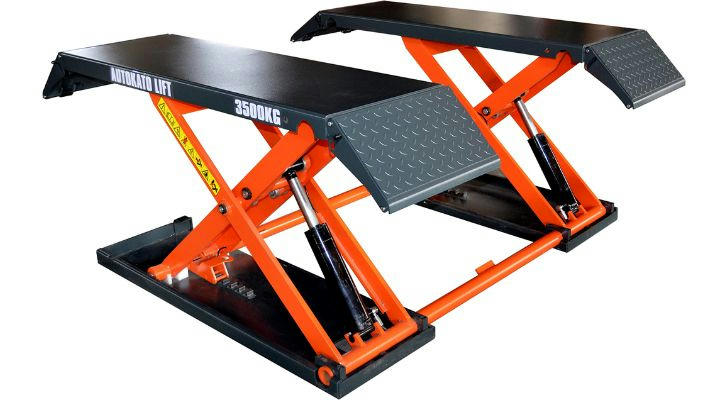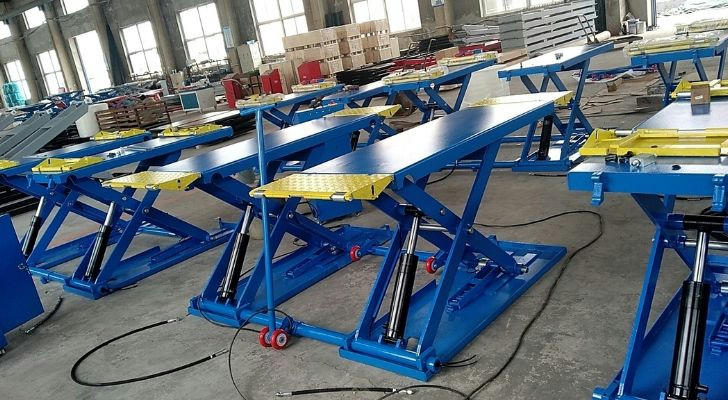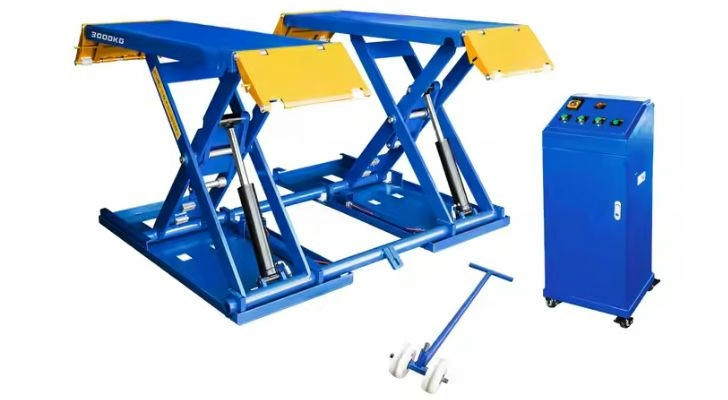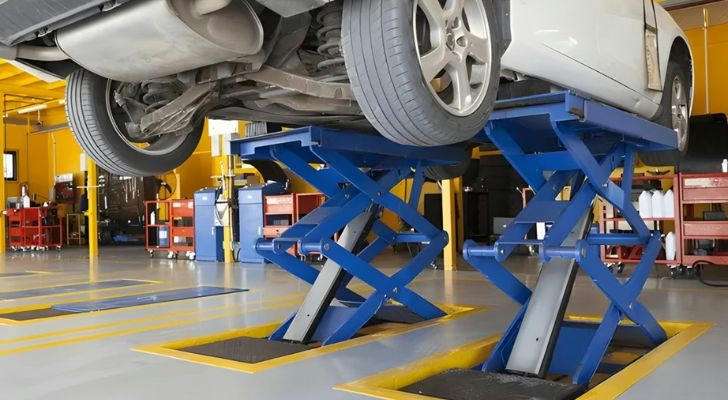The Ultimate Guide to Scissor Lifts: Your Secret Weapon for Efficient Work

Introduction: Why Scissor Lifts Are a Game-Changer
Imagine a warehouse floor cluttered with heavy boxes, or a construction site buzzing with activity. In these high-pressure environments, efficiency isn’t optional—it’s survival. Enter scissor lifts: the workhorse of vertical transportation that combines precision, flexibility, and safety to tackle even the toughest challenges. Whether you’re moving machinery, loading trucks, or organizing inventory, these mechanical marvels can slash downtime by 50% and boost productivity like never before. Let’s dive into everything you need to know!
1. Scissor Lifts 101: What Makes Them Tick
Before you get swept up in their benefits, let’s break down the anatomy and mechanics:
Core Components
| Part | Function |
|---|---|
| Scissor Arms | Foldable hydraulics for vertical lifting |
| Platform | Sturdy work surface (4x6ft to 10x12ft) |
| Base Frame | Heavy-duty steel chassis for stability |
| Control System | Joystick or button-operated controls |
How It Works
- Hydraulic cylinders extend the scissor arms.
- The platform rises smoothly, guided by precision gears.
- A safety lock engages at maximum height.
💡 Fun Fact: Some industrial models can lift 10,000 lbs—enough to carry a grand piano!

2. Why Scissor Lifts Outshine Traditional Methods
Let’s face it: traditional lifts (like fork lifts or cherry pickers) have limitations. Scissor lifts dominate with:
Advantage #1: Zero Clearance Required
- No need for wide aisles—perfect for tight warehouses.
- Example: A pharmaceutical distributor reduced loading dock space by 30% using scissor lifts.
Advantage #2: Precise Positioning
- ±1 inch accuracy ensures delicate items (electronics, glassware) stay intact.
- Case Study: A jewelry retailer cut product damage by 70% after switching to scissor lifts.
Advantage #3: Safety First
- Rack-mounted models prevent tipping.
- Emergency brakes activate in 0.3 seconds.
⚠️ Warning: Improper use can lead to **$50k+** in damages—always train operators!
3. Choosing the Right Scissor Lift: A Buyer’s Checklist
Not all scissor lifts are created equal. Use this roadmap to find your perfect match:
Step 1: Assess Your Needs
- Lift Capacity: Do you need to move 500 lbs or 5,000 lbs?
- Height Range: Will you operate at 10 ft or 50 ft?
- Environment: Indoor, outdoor, or harsh conditions (e.g., grease, snow)?

Step 2: Compare Models
| Brand | Pros | Cons |
|---|---|---|
| JLG | Industry leader, durable builds | Expensive upfront cost |
| Hyster | Excellent for outdoor use | Limited low-height models |
| Toyota | Budget-friendly, eco-friendly engines | Smaller payload capacity |
Step 3: Check Accessories
- Battery life: Look for 8+ hours of runtime.
- Safety features: Fall arrest systems, tilt sensors.
- Customizations: Add-on tool holders or conveyor belts.
4. Maintenance Secrets to Extend Lifespan
Proper care ensures your scissor lift stays reliable for 10+ years. Follow these rituals:
Daily Checks
- Hydraulic fluid: Top up if levels drop below the marker.
- Cables and hoses: Inspect for cracks or wear.
- Controls: Test joysticks and buttons for responsiveness.
Monthly Deep Cleaning
- Wipe down platforms with a degreaser to prevent slippage.
- Lubricate pivot points with food-grade silicone grease.
Annual Professional Service
- Replace worn-out seals and hydraulic filters.
- Calibrate safety sensors.
💡 Pro Tip: Keep a maintenance log in a digital spreadsheet (Excel/Google Sheets) for easy tracking.
5. Real-World Success Stories
Learn how businesses transformed their operations with scissor lifts:
Case Study 1: Automating a Distribution Center
- Challenge: A logistics company struggled with slow order fulfillment.
- Solution: Installed 10 electric scissor lifts with RFID tracking.
- Result: Order processing time dropped from 4 hours to 45 minutes.
Case Study 2: Revitalizing a Construction Site
- Challenge: Workers wasted time carrying materials up ladders.
- Solution: Deployed 2 mobile scissor lifts with reinforced decks.
- Result: Reduced worker injuries by 60% and boosted daily output by 30%.

6. Future Trends: What’s Next for Scissor Lifts?
The future of scissor lifts is smarter, safer, and more eco-friendly:
Innovation #1: AI-Powered Automation
- Smart lifts that navigate autonomously using sensors.
- Predictive maintenance: Sensors detect issues before they happen.
Innovation #2: Sustainable Materials
- Recycled steel frames and biodegradable hydraulic fluids.
- Solar-powered models for off-grid sites.
Innovation #3: Modular Design
- Quick-swappable parts for on-the-fly upgrades.
- Compact designs for tight urban spaces.
7. Final Verdict: Are Scissor Lifts Worth It?
If your business involves heavy lifting, scissor lifts are a no-brainer. They save time, reduce costs, and minimize risks. Just remember:
- Invest in quality—cheaper models burn out faster.
- Train your team—poor operation nullifies all benefits.
- Plan for the future—future-proof models will adapt to new tech.
Conclusion: Elevate Your Operations with Scissor Lifts
Scissor lifts aren’t just machines—they’re strategic partners in your business’s success. By understanding their capabilities, choosing the right model, and committing to maintenance, you’ll unlock new levels of efficiency and competitiveness. Whether you’re a warehouse manager, construction contractor, or logistics guru, scissor lifts are the ultimate tool to dominate your industry.
